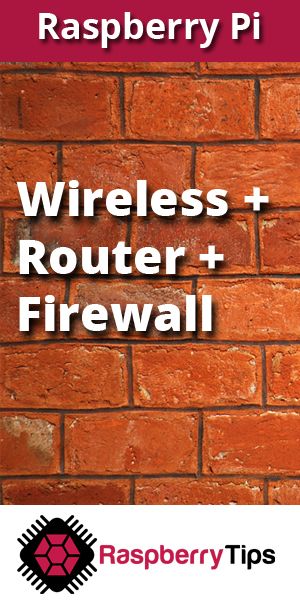
 Physical or virtual computer running Ubuntu or CentOS. Installing pfSense on Ubuntu and CentOS using VirtualBox Prerequisites This means that you will follow the same steps on Ubuntu, CentOS, and other Linux distros, macOS, or Windows. In this guide, we will work with VirtualBox.Īs long as the machine has the VirtualBox, the installation of pfSense is the same as below, regardless of the host operating system. You can use VirtualBox, VM Ware, KVM, or any other compatible virtualization software. We will begin by creating the virtual machine in which we will then install pfSense. To do this, you need a machine that supports virtualization. In this article, we will show you how to install the pfSense software on a virtual machine on either Ubuntu or CentOS. Virtual deployment eliminates the need for an extra computer on your network. You either reserve an entire physical computer or deploy it as a virtual machine within a physical system such as a server. The pfSense software is an operating system itself, and you cannot install it on top of another OS.
Physical or virtual computer running Ubuntu or CentOS. Installing pfSense on Ubuntu and CentOS using VirtualBox Prerequisites This means that you will follow the same steps on Ubuntu, CentOS, and other Linux distros, macOS, or Windows. In this guide, we will work with VirtualBox.Īs long as the machine has the VirtualBox, the installation of pfSense is the same as below, regardless of the host operating system. You can use VirtualBox, VM Ware, KVM, or any other compatible virtualization software. We will begin by creating the virtual machine in which we will then install pfSense. To do this, you need a machine that supports virtualization. In this article, we will show you how to install the pfSense software on a virtual machine on either Ubuntu or CentOS. Virtual deployment eliminates the need for an extra computer on your network. You either reserve an entire physical computer or deploy it as a virtual machine within a physical system such as a server. The pfSense software is an operating system itself, and you cannot install it on top of another OS.  Flexible deployment options, including physical hardware appliances and computers, as well as virtual machines.
Flexible deployment options, including physical hardware appliances and computers, as well as virtual machines. 
Has a web-based interface for easy configuration or upgrade or adding functionalities.Does not require high levels of technical expertise.Benefits of using pfSense firewall software include It also supports other third-party solutions such as Squid, Snort, and others to increase its capabilities further. The software, which can run on either a physical or virtual computer, provides a wide range of powerful features, almost similar to what the commercial firewall devices offer. Suitable for small and mid-range companies, the pfSense provides a low cost, dedicated firewall, and router solution for physical and virtual computer networks. The pfSense software is an open-source firewall and router solution based on the FreeBSD operating system.







 0 kommentar(er)
0 kommentar(er)
